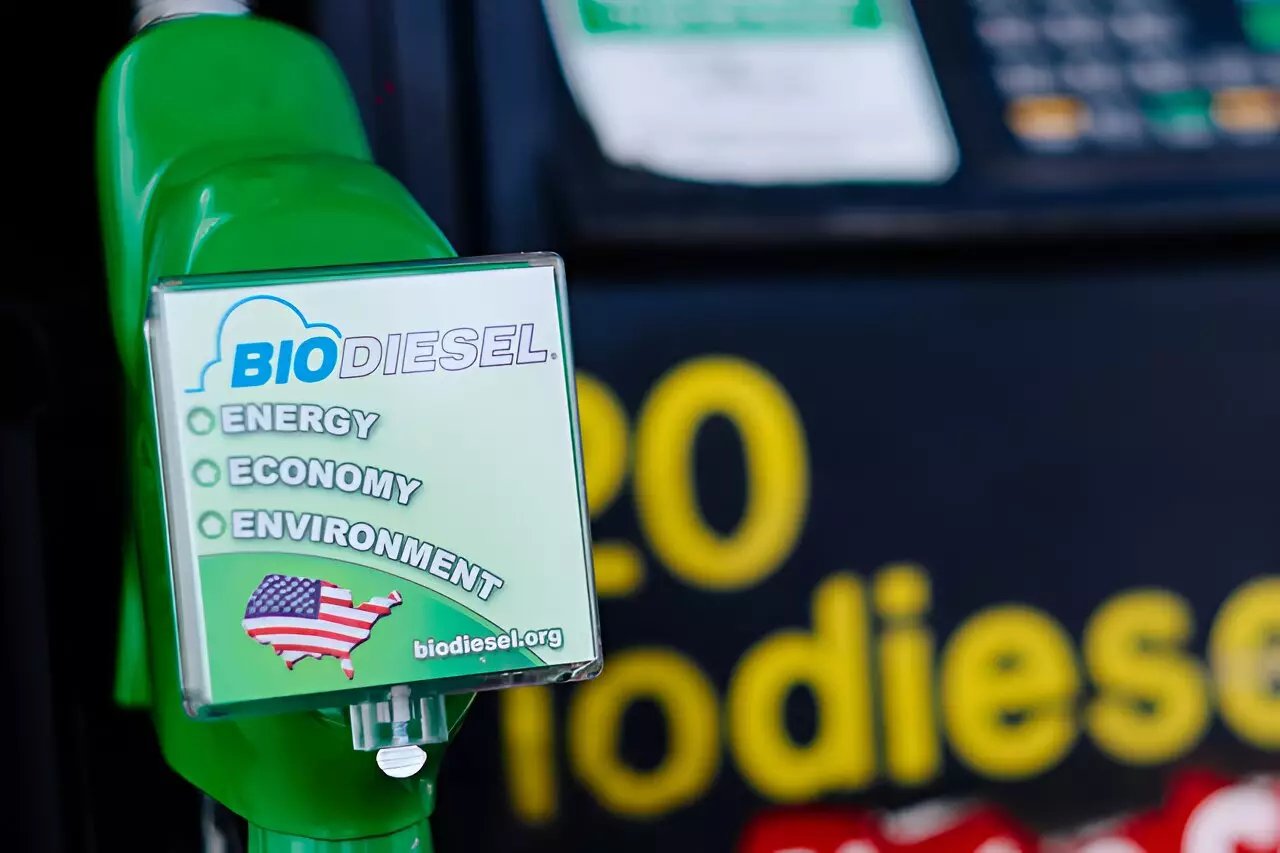The transition towards sustainable energy sources is more urgent than ever, particularly in the transportation sector, known for its significant greenhouse gas emissions. Biodiesel, a renewable fuel derived from fats, oils, and greases, stands as a promising alternative to conventional petroleum diesel. Despite its potential, current usage predominantly involves blending biodiesel with petroleum diesel at modest levels, typically ranging from 5% to 20%. Researchers from the National Renewable Energy Laboratory (NREL) have identified barriers hindering the utilization of higher biodiesel blends and proposed strategies to overcome them. This article delves into their findings and the implications for the future of biodiesel in the transportation industry.
Biodiesel, which is essentially an oxygenate, is produced most commonly from soybean oil in the United States. Renewable diesel, while derived from similar feedstocks, is processed to be chemically analogous to petroleum diesel, resulting in a cleaner and more sustainable fuel option. The study led by NREL researchers explored blends of 20%, 40%, 60%, and even 80% biodiesel in both petroleum and renewable diesel. This research aims to fill a significant knowledge gap, as the majority of studies have historically concentrated on blends below 20%.
NREL Senior Research Fellow Robert McCormick highlights this anomaly, stating, “It’s astonishing that thousands of papers on biodiesel are published annually, yet few focus on higher blends.” This oversight may hinder advancements in biodiesel utilization and limit our ability to reduce transportation emissions significantly.
Increasing the percentage of biomass-based diesel fuels holds substantial promise for mitigating greenhouse gas emissions linked to transportation. According to NREL’s findings, using biodiesel and renewable diesel can potentially lower these emissions by anywhere from 40% to 86%, depending on the feedstock utilized. As electrification continues to replace conventional fuels in smaller vehicles, long-haul trucks, marine shipping, and aviation still require liquid fuels with low net emissions—a necessity that biodiesel could fulfill.
However, McCormick cautions that with blends exceeding 50%, the biodiesel’s properties may diverge significantly from those of petroleum diesel, potentially creating operational challenges in existing engines. It is essential to assess these challenges comprehensively to ensure a smooth transition to higher biodiesel blends.
One of the primary issues concerning high biodiesel blends is the fuel’s cloud point, which signifies the temperature at which wax begins to form and can clog filters, thereby impeding engine function. For example, soybean biodiesel has a cloud point around 32°F, presenting issues in colder climates when using blends that go beyond 50%. Adapting to these challenges may involve blend reduction or the incorporation of biodiesel with alternative hydrocarbon blendstocks during the winter months to optimize performance.
Furthermore, the boiling point of biodiesel creates additional concerns. Blends over 50% can contribute to cold-start problems, accumulation of fuel in engine lubricants, and hinder emission control systems from operating efficiently. Researchers propose utilizing lower boiling point hydrocarbons, such as kerosene, to facilitate these higher biodiesel blends. These adjustments could mitigate concerns surrounding engine performance, making it feasible to adopt higher blends without sacrificing operational efficiency.
Innovations in Fuel Stability and Engine Compatibility
The research also evaluated other crucial biodiesel properties, including oxidation stability and water content, which can become problematic as the percentage of biodiesel increases in fuel blends. Luckily, these challenges may be overcome through the strategic use of antioxidants, which could prolong the stability of biodiesel in high-blend scenarios. Nonetheless, comprehensive studies are essential to understand adequately how blending biodiesel at higher rates impacts diesel engine emission control systems.
Ultimately, the findings from the NREL study serve as a critical roadmap for future research. Addressing the challenges associated with high biodiesel blends not only reinforces the need for cleaner energy options but also fosters advancements in a sector that is often resistant to change.
The transition to higher blends of biomass-based diesel fuels offers a viable pathway to significantly reduce greenhouse gas emissions in the transportation sector. By focusing on overcoming the multifaceted barriers to high-level biodiesel blending, researchers can contribute to the ongoing quest for more sustainable energy practices. Future studies will be pivotal in illuminating how to integrate these greater biodiesel percentages within existing infrastructure effectively. In a world increasingly attuned to its environmental impacts, advancing biodiesel technology stands as a crucial frontier for achieving a more sustainable and eco-friendly future.


Leave a Reply